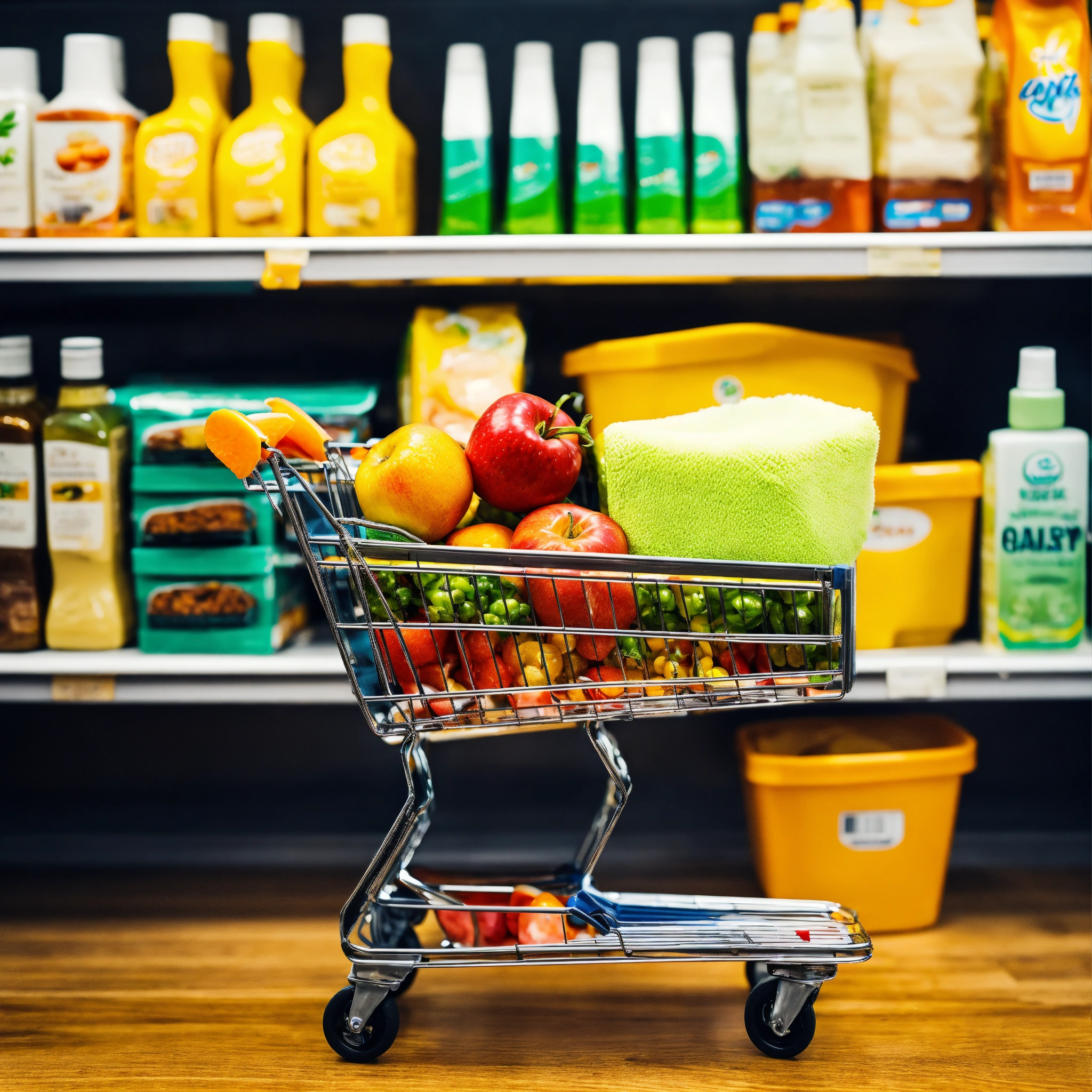
Rising grocery bills, steeper rent, and shrinking savings — if you're feeling like your money doesn’t stretch as far as it used to, you're not alone. Global inflation is leaving a noticeable mark on Australian households, and it's changing the way many people live, shop, and plan for the future.
Inflation isn’t just a local issue. It’s a global trend, driven by a mix of pandemic aftershocks, ongoing supply chain issues, energy price spikes, and geopolitical tensions — particularly the war in Ukraine. When oil, food, and manufacturing costs rise globally, the ripple effect reaches our shores too.
In 2025, inflation rates in many developed countries remain higher than average, and central banks are still walking a tightrope between controlling price growth and avoiding economic slowdowns.
For Australians, this has translated into rising costs across the board. Whether it's the weekly grocery shop, fuel for the car, or paying off a mortgage, the pinch is real. The Consumer Price Index (CPI) has climbed, particularly in categories like housing, food, insurance, and energy.
According to recent surveys, over 60% of Australians report having cut back on non-essential spending, while others are tapping into savings or deferring large purchases altogether.
One of the most noticeable impacts is at the checkout. Items like fresh produce, dairy, and meat have jumped in price, driven by both international factors and domestic issues like floods and farming disruptions.
Supermarkets are seeing more customers switch to home brands, buy in bulk, or visit multiple stores to hunt for deals. “I used to shop on autopilot,” says Emily, a mum of two in Brisbane. “Now I scan every price tag twice.”
Housing costs remain one of the biggest pressure points. While interest rates have steadied in early 2025, those on variable mortgages are still paying significantly more than they were just a few years ago. Meanwhile, rental prices have soared in major cities due to low supply and high demand.
Many younger Australians are being forced to delay buying a home, move further out, or return to share-house living to make ends meet.
Power bills have also surged, partly due to global energy instability and Australia's ongoing transition to renewable sources. Households are responding by reducing usage, investing in solar where possible, and becoming more energy-conscious overall.
Governments have introduced rebates and relief packages, but for many, they’re just a small dent in an otherwise rising tide.
Beyond the numbers, inflation is taking a mental toll. Financial stress is growing, especially among families with children, single-income households, and retirees on fixed pensions. Anxiety around the future — from retirement plans to paying school fees — is on the rise.
More Australians are seeking budgeting advice, turning to financial counsellors, and rethinking long-term goals.
In the face of ongoing inflation, Australians are showing resilience. Many are adopting smarter budgeting habits, meal planning, DIY repairs, and even growing their own food. There’s also been a noticeable rise in community sharing initiatives and local trade groups.
Technology is playing a role too — apps that track spending or offer cashback are seeing record downloads.
While inflation may be a global problem, its impact is deeply personal. For Australians, it touches nearly every aspect of daily life — from the supermarket aisle to the dinner table. As the country works to regain economic stability, the way households manage money is evolving, and so too is the broader conversation about financial security in a changing world.
Get expert insights on tech, transport, finance, and digital life. Subscribe now and stay ahead of the curve.